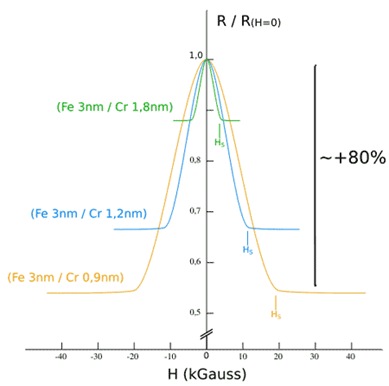Press release, March 16; Rodney Chan, DigiTimes.com [Friday 16 March 2007]
It was a tale of two companies in the semiconductor industry in 2006, with leading chip supplier Intel suffering a revenue decline, while rival AMD nearly doubled its sales, according to iSuppli.
"For US microprocessor giant Intel, 2006 was the worst of times, as its global semiconductor revenue dropped by 11.1% from 2005," said Dale Ford, vice president of market intelligence for iSuppli. "The revenue decline, which was due to Intel's bleak performance in its core PC microprocessor and flash-memory businesses, erased nearly all of the company's sales gains from its strong year in 2005. Intel's 2006 revenue of US$31.5 billion was less than half a percentage point higher than its sales in 2004."
"For Intel's smaller US rival, AMD, 2006 was the best of times as it achieved a whopping 91.6% increase in revenue for the year, partly due to a major acquisition, but also because of strong gains in microprocessor market share," Ford added.
This robust increase in revenue caused AMD's ranking to rise to eighth place in 2006, up seven positions from the 15th rank in 2005.
The divergent performances of Intel and AMD came during a 2006 when global semiconductor industry revenue rose by 9.3% to reach US$260.2 billion, up from US$237.98 billion in 2005. This is slightly higher than the 9% growth iSuppli predicted in its preliminary market share estimate compiled in November and released in early December.
Intel in 2006 faced hard times in its microprocessor and flash-memory businesses, which together accounted for 83% of total company revenue last year. The company's combined microprocessor and flash revenue in 2006 fell to its lowest level since 2003 as Intel faced rising competitive pressure in those markets. The revenue decline resulted in Intel's market share falling to 12.1 percent, its lowest level since before 2000.
Meanwhile, AMD in 2006 gained PC microprocessor market share at Intel's expense. AMD's PC microprocessor revenue rose by 35.5% in 2006 and its market share in that product segment increased to 16.1%, up 5 percentage points from 11.1% in 2005.
AMD's revenue also was boosted substantially by its acquisition of graphics chip seller ATI Technologies in 2006.
Looking beyond Intel and AMD, 2006 was a banner year for the leading pure-play memory chip suppliers.
Memory supplier Hynix Semiconductor of South Korea leapt to the seventh-place position in 2006, up from 11th in 2005 as its revenue surged by an impressive 41.5%. Hynix's memory revenue growth of US$2.3 billion surpassed the US$1.8 billion memory sales increase posted by memory-chip leader Samsung Electronics in 2006.
Germany's Qimonda, a newly created pure-play memory company formed from the spin-off of Infineon's memory business, increased its revenue by 54.9% in 2006.
However, the fastest growing memory supplier in 2006 and the quickest expanding supplier among the world's top-25 chip sellers-was Japan's Elpida Memory. Elpida's revenue nearly doubled in 2006, rising by 98.6% from 2005. This caused the company's ranking to rise to 19th in 2006, up from 28th in 2005.
Memory ICs were the key segment driving the growth of the overall semiconductor industry in 2006, with revenue in this area rising by 22.7%. A stronger-than-anticipated revenue increase in the fourth quarter boosted annual growth for DRAM to 35.2% in 2006.





